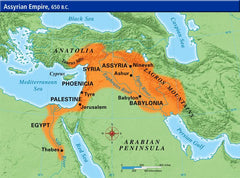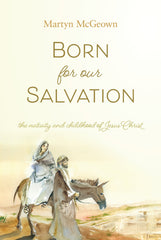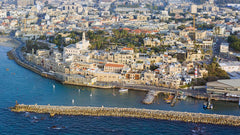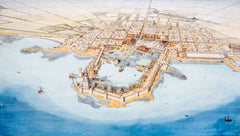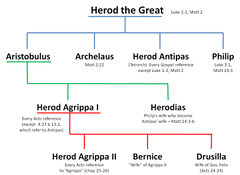Your cart is empty now.

The Reformed Baptism Form: The Author

Our Reformed baptism form has a glorious history sealed in the fires of persecution. Most church historians agree that the father of the form is Petrus Datheen, a Dutch reformer who lived from about 1531 to 1588.[1] Despite the oppression he and many Reformed believers faced from the Roman Catholic Church, including threats of terrible persecution at the hands of the Spanish Inquisition, Datheen worked tirelessly for the cause of those who loved the Reformed faith both of his own time and those in the generations to come.
As we celebrate the four hundredth anniversary of the Synod of Dordt this year, we focus our attention on one aspect of Datheen’s extensive work as a reformer: the Reformed baptism form, which was approved for use in the Dutch Reformed churches by the great Synod of Dordt.
This blog post is a call to thank God for his work of Reformation through Petrus Datheen. We often remember God’s wonderful work of reformation through men such as John Calvin and Martin Luther, but we seldom read about other important Reformers who played a significant role in the Reformation. Datheen was “Holland’s greatest Reformer,” and he played a “role in our confessional heritage, a significant part in our church government heritage, and was no less the father of our liturgical heritage” (Herman Hanko, Portraits of Faithful Saints, p. 230). Petrus Datheen was born sometime around 1531 in Cassel, which was a city in the extreme southern part of the Lowlands. In God’s providence, the Reformation did not come immediately to the Lowlands. Rather it took some time for Luther’s and Calvin’s teachings to spread to this area. One way the truth did eventually spread to this area was through monasteries; by the middle 1500s various monks had become acquainted with the teachings of Luther and Calvin. One such monastery was located in Ypres, which was the very cloister where Petrus Datheen was a monk. However, the Roman Catholic Church ruthlessly silenced those who confessed the truth in these days, and Datheen was forced to flee when he was about 18 or 19 years old.
God’s ways are wonderful. Datheen providentially ended up in London, England where he came under the influence of none other than John à Lasco, the reformer whom God used to mold and shape the Dutch Reformation. Datheen’s years in London were years of peace because young King Edward promoted the Reformation. While living in London, he also married a former nun named Benedicta. Additionally, these years provided a space of time for Datheen to study for his life’s work as a pastor; working alongside à Lasco would have a great influence on Datheen’s ministry.
The London church which Datheen attended was a Dutch refugee church. Since it was early on in the Reformation, the church still had to develop liturgy for church services. John à Lasco, Petrus Datheen, and other reformers filled this vital need. It was John à Lasco’s liturgical form of baptism that was the basis for much of what Datheen used to write our own form for baptism.
Let us praise God for this! Our form for baptism has its roots deep in the Reformation. Let us hear the call to cherish and keep the heritage of the form.
_______________
[1] According to Wielenga in his Reformed Baptism Form commentary, Datheen was the father of the Reformed baptism form (p. 6). Nevertheless, he was not the exclusive author because he profited from older baptism forms such as the forms used in the German Palatinate and the London Refugee Church. Furthermore, Wielenga states that Caspar Vander Heyden assisted in the work.
__________
This post was written by Mike Feenstra, a member of the Southwest Protestant Reformed Church in Wyoming, Michigan. Mike also teaches fifth grade at a Christian school in West Michigan. If you have a question or comment about this blog article for Mike, we welcome them in the comment section on the blog.
The content of the article above is the sole responsibility of the article author. This article does not necessarily reflect the opinions and beliefs of the Reformed Free Publishing staff or Association, and the article author does not speak for the RFPA.

Donate
Your contributions make it possible for us to reach Christians in more markets and more lands around the world than ever before.
Select Frequency
Enter Amount

